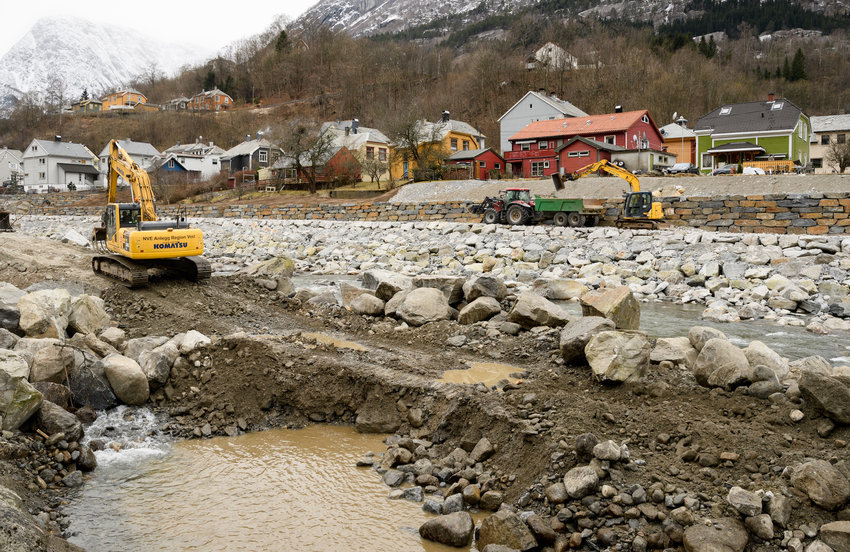
Agricultural production is largely influenced by weather and climate. Almost no other industry is as vulnerable to extreme weather events. This impacts not just the agricultural sector but the entire society. In many parts of the country, the 2023 growing season was an example of this. Drought in the spring and a very wet summer created significant challenges. A particular focus in the agricultural sector has been on developing reliable and user-friendly long-term weather forecasts for the benefit of farmers. Through working groups, observations, and interviews, the industry has tested and provided feedback on historical weather data to identify climate-related factors that affect activity and results, both at the farm level and further along the supply chain. This information is used, among other things, to further develop long-term weather forecasts. During the season, long-term forecasts from Climate Futures were distributed weekly to Norway’s Agricultural Advisory Service (Norsk Landbruksrådgiving), the County Governor, and directly to farmers. The results from Climate Futures are actively used in advisory services, with the goal of increasing preparedness and creating tools for better management of climate risk.
In another project, we worked closely with Gartnerhallen, the Norwegian Computing Center (Norsk Regnesentral), and regional packing facilities. We built a weather-dependent fruit production model that is updated throughout the year as new weather data becomes available. The model was used to improve production forecasts and was used in decision-making both at the packing facilities and at Gartnerhallen.
Additionally, we work directly with private companies like Graminor. It takes many years to develop new varieties. But what will the future climate look like? And what kind of weather must our food plants withstand? We integrate field experiments, genomic sequencing, and historical weather data to build a model that can predict how well a crop line will thrive in a future climate. The goal is to create a climate-resilient food system with the highest possible degree of self-sufficiency. Today only 3% of Norway’s land is arable, and we rank last in terms of self-sufficiency.
Forsidebilde: Taylor Siebert/Unsplash

